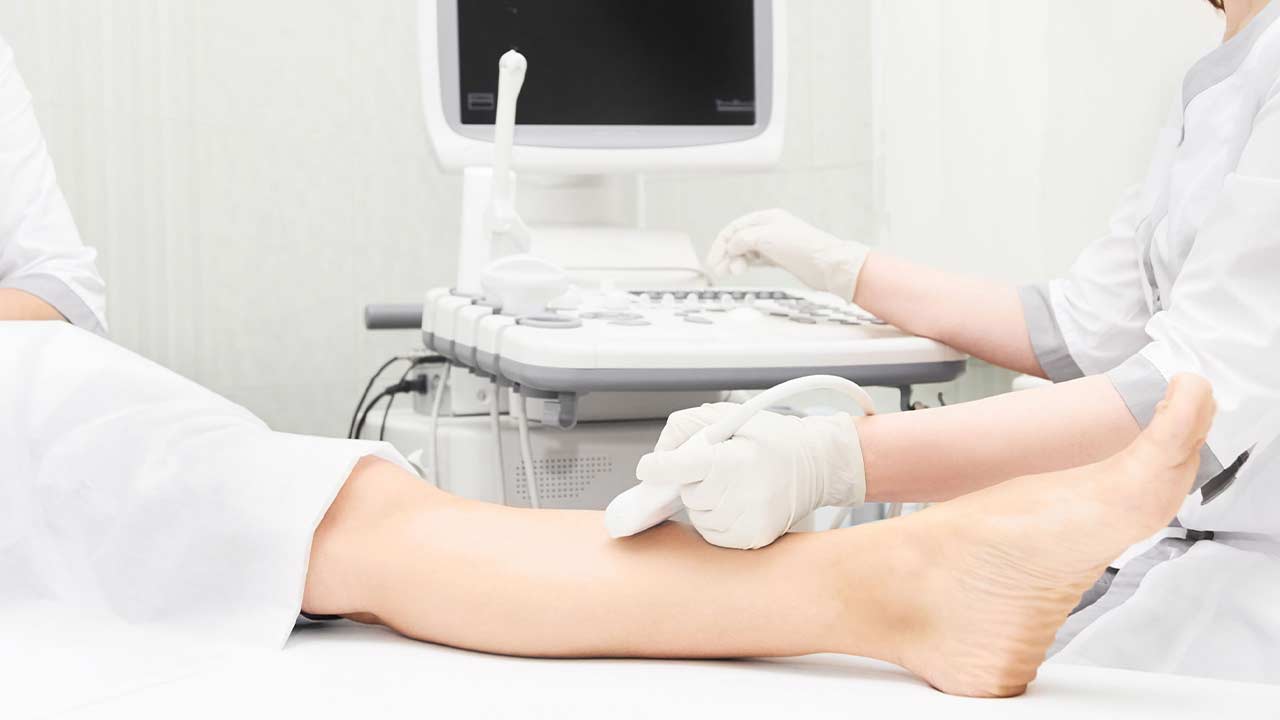Knowing how the arteries and veins in the circulatory system function is essential to understanding the complex mechanisms of the cardiovascular system. Arterial circulation is distinct from venous circulation; however, both play an extremely significant role in ensuring the efficient transport of oxygenated and deoxygenated blood in the body.
Arterial circulation
Arteries are known as the robust, high-pressure component of the circulatory system. They originate from the left ventricle of the heart and branch out into smaller vessels, facilitating the distribution and transport of oxygenated blood to all tissues and organs.
Characteristics of the arterial blood
Arterial blood is oxygen-rich, as it is propelled by the forceful contractions in the heart’s left ventricle. The color of oxygenated blood is bright red because of oxygen’s binding to hemoglobin. Arteries can be recognized as thick, muscular walls that are specifically designed to withstand the pressure that your heart’s pumping action generates.
Important arteries
- Aorta: This is the largest artery in a human’s body. Originating from the left ventricle, this artery is tasked with distributing oxygenated blood throughout the entire body.
- Coronary Arteries: This type of artery is responsible for supplying the heart muscles with oxygenated blood so they can meet their metabolic demands.
- Carotid Arteries: These arteries are specifically responsible for supplying blood to the human brain.
Arterial diseases
Atherosclerosis: This condition happens when plaques builds up in arteries. Due to plaque deposits, arteries are narrowed, and the blood flow is reduced. Peripheral Artery Disease (PAD): This condition refers to an arterial disease impacting arteries beyond the heart, typically in the lower extremities, leading to intermittent claudication.
Venous Circulation
Veins, however, serve as the low-pressure vessels that are responsible for returning the deoxygenated blood to the heart. The deoxygenated blood returns to the right atrium of the heart. Veins form a network of vessels that gradually merge into larger veins as blood moves towards the heart.
Characteristics of venous blood
The blood found in veins is known as venous blood and is oxygen-depleted. Venous blood carries carbon dioxide and waste products from tissues. The more carbon dioxide and waste, the less the oxygen content, and this makes the color of deoxygenated blood dark. Veins have relatively thinner walls than arteries, and these walls are paired with one-way valves that aid in preventing the backflow of blood.
Important veins
Superior and Inferior Vena Cava: These are the large veins found in one’s body that are responsible for returning deoxygenated blood to the right atrium of the heart.
Pulmonary Veins: These veins are special because they transport oxygenated blood from the lungs to the left atrium, which is not the case with other veins.
Venous Diseases
Deep Vein Thrombosis (DVT): This condition occurs when blood starts to clot in deep veins, potentially leading to pulmonary embolism. Chronic Venous Insufficiency (CVI): This condition refers to inadequate venous return, often manifesting as swelling and skin changes.
The Cardiac Cycle
If we talk about the interactions between arterial and venous circulation, the cardiac cycle is worth mentioning. The arterial and venous circulations are an integral part of the cardiac cycle. Systole and Diastole are the main components of a cardiac cycle. During systole, the heart contracts and propels oxygenated blood into the arteries. During Diastole, the heart relaxes, allowing the veins to collect deoxygenated blood from tissues and return that blood to the heart.
Capillary beds
Capillaries, tiny vessels, play a crucial role in linking arteries and veins. This connection enables the exchange of nutrients, oxygen, and waste products with tissues. Arterioles, branching off from arteries, transport blood to capillaries, while venules collect blood from capillaries, contributing to the formation of veins. Arterial and venous circulation form a harmonious network within the cardiovascular system. Comprehending all the aspects of these circulatory systems is essential for both healthcare professionals and individuals. Maintaining a well-balanced arterial and venous system is critical for ensuring optimal cardiovascular health.




